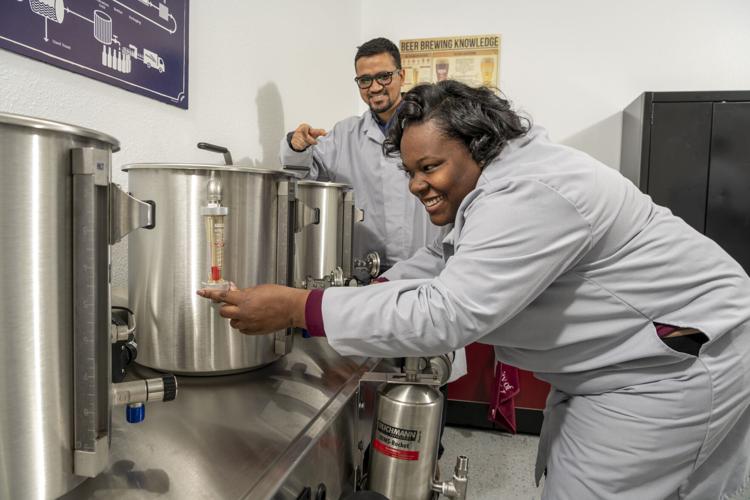 Tips on how to get the most affordable flights, in accordance with an air travel skilled. Improper handling and preparation of food has brought on several (but relatively uncommon) outbreaks of foodborne illness on aircrafts, most commonly from Salmonella, Staphylococcus, Shigella and Vibrio species ( 11 – 14 ). Some aircraft originating from destinations that have disease spread by insects (ie, malaria) could have the interior of the aircraft treated by an insecticide.\n\nCabins are due to this fact pressurized to an atmospheric stress of 2440 m (8000 ft), equivalent to approximately only 15% oxygen at sea stage ( 15 ). While physiological components (infants with fetal hemoglobin oxygen saturation curve shifted to the left, airways more vulnerable to bronchoconstriction) and anatomical components (relatively fewer alveoli, compliant rib cage, smaller diameter airways) in principle could put healthy infants and kids onboard an aircraft at risk for hypoxia ( 15 ), less is thought in regards to the scientific impression of the lowered partial stress on healthy kids.
Tips on how to get the most affordable flights, in accordance with an air travel skilled. Improper handling and preparation of food has brought on several (but relatively uncommon) outbreaks of foodborne illness on aircrafts, most commonly from Salmonella, Staphylococcus, Shigella and Vibrio species ( 11 – 14 ). Some aircraft originating from destinations that have disease spread by insects (ie, malaria) could have the interior of the aircraft treated by an insecticide.\n\nCabins are due to this fact pressurized to an atmospheric stress of 2440 m (8000 ft), equivalent to approximately only 15% oxygen at sea stage ( 15 ). While physiological components (infants with fetal hemoglobin oxygen saturation curve shifted to the left, airways more vulnerable to bronchoconstriction) and anatomical components (relatively fewer alveoli, compliant rib cage, smaller diameter airways) in principle could put healthy infants and kids onboard an aircraft at risk for hypoxia ( 15 ), less is thought in regards to the scientific impression of the lowered partial stress on healthy kids. \n\nEighty healthy kids aged six months to 14 years had their oxygen saturation measured before and during a protracted-haul flight (longer than 8 h). Although none of the kids had been symptomatic, the saturations decreased from 98.5% at preflight to 95.7% at 3 h of flight, and to 94.4% at 7 h of flight.\n\nThe investigators concluded that while healthy kids may be asymptomatic from lowered oxygen saturations incurred during prolonged flights (longer than 3 h), kids with pre-current cardiopulmonary situations that predispose them to hypoxia may be at larger threat during flight ( 16 ), including those with cystic fibrosis ( 17 ). Nonetheless, some patients with cystic fibrosis could tolerate the aircraft cabin setting without the need for supplemental oxygen ( 18 , 19 ). Preflight spirometry may help to determine which patients with cystic fibrosis will require supplementary oxygen during flight ( 20 ).\n\nSome kids could due to this fact need specialized pulmonary testing, including spirometry and hypoxic challenge exams ( Table 1 ). Adults with an arterial partial stress of oxygen less than 70 mmHg might have oxygen; when respiratory a combination of nitrogen (85%) and oxygen (15%) (achieved by simulating the cabin setting using the hypoxia altitude simulation take a look at HAST), an arterial partial stress of oxygen less than 55 mmHg suggests the need for supplemental oxygen on an aircraft.
\n\nEighty healthy kids aged six months to 14 years had their oxygen saturation measured before and during a protracted-haul flight (longer than 8 h). Although none of the kids had been symptomatic, the saturations decreased from 98.5% at preflight to 95.7% at 3 h of flight, and to 94.4% at 7 h of flight.\n\nThe investigators concluded that while healthy kids may be asymptomatic from lowered oxygen saturations incurred during prolonged flights (longer than 3 h), kids with pre-current cardiopulmonary situations that predispose them to hypoxia may be at larger threat during flight ( 16 ), including those with cystic fibrosis ( 17 ). Nonetheless, some patients with cystic fibrosis could tolerate the aircraft cabin setting without the need for supplemental oxygen ( 18 , 19 ). Preflight spirometry may help to determine which patients with cystic fibrosis will require supplementary oxygen during flight ( 20 ).\n\nSome kids could due to this fact need specialized pulmonary testing, including spirometry and hypoxic challenge exams ( Table 1 ). Adults with an arterial partial stress of oxygen less than 70 mmHg might have oxygen; when respiratory a combination of nitrogen (85%) and oxygen (15%) (achieved by simulating the cabin setting using the hypoxia altitude simulation take a look at HAST), an arterial partial stress of oxygen less than 55 mmHg suggests the need for supplemental oxygen on an aircraft.
3 Revolutionized Air Travel
Related Posts
Culinary Journey Tales: Flavorful Adventures Unveiled
Embarking on Flavorful Adventures: Culinary Journey Tales Embarking on Culinary Journey Tales is like delving into a rich narrative where every dish tells a story. It’s a gastronomic exploration that…
Authentic Cuisine Escapes: Culinary Journeys Unveiled
Embarking on Authentic Cuisine Escapes: Culinary Journeys Unveiled Exploring Culinary Heritage Authentic Cuisine Escapes offer more than just a meal; they are immersive journeys into the heart of culinary heritage.…









